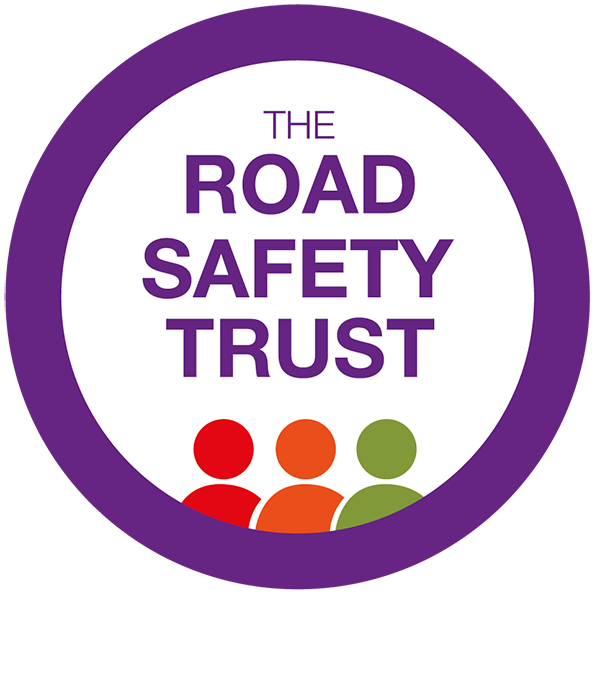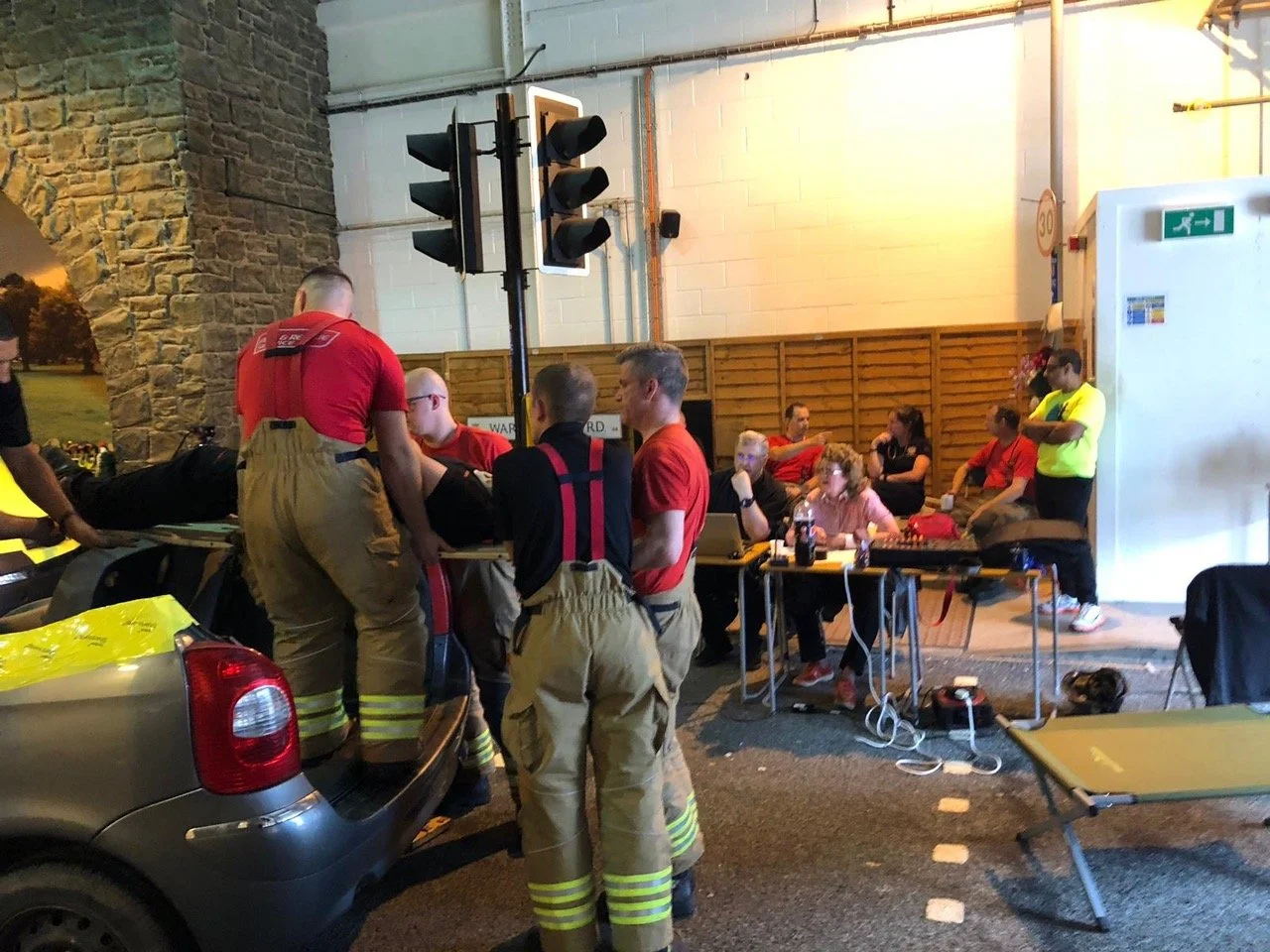Victims of road traffic collisions to be saved with new approach to extrication
A different approach to how emergency services respond to motor vehicle collisions could reduce both deaths and disabilities according to new research.
Last year there were 127,967 casualties and 1560 deaths in England caused by motor vehicle collisions . In the same period, over 7,000 patients needed to be assisted to leave the vehicle by a process known as extrication . During this process, which has been the “gold standard” since the 1960’s patients may remain in the vehicles for on average 30 minutes as slow, careful movements are used; to avoid potential spinal injuries. However, the new research shows this may be increasing the rate of death and injury.
Professor Tim Nutbeam, Consultant in Emergency Medicine at University Hospitals Plymouth NHS Trust and Lead Consultant for the Devon Air Ambulance, along with colleagues within emergency care and the National Fire Chiefs Council were awarded a grant by The Road Safety Trust to conduct research into the extrication methods following a motor vehicle collision.
The results found that the extrication methods do not offer the benefits that they were thought to offer as they are associated with significant movement and only 0.7 per cent of patients trapped in motor vehicle collisions have spinal cord injury.
There is now a case to change how the extrication process is performed.
An extrication involves trained Fire and Rescue personnel using the ‘Jaws of Life’ (a hydraulic apparatus) and other similar tools to pry apart the wreckage of crashed vehicles in order to free people trapped inside. The principles for this method were developed based on the paradigm that spinal injury was more important than other injuries and the overall objective was therefore to limit spinal movement during extrication. The number of spinal injuries is however much smaller than previously thought and in those with spinal injuries, many will also have significant other life-threatening injuries which need rapid assessment and management.
Furthermore, the spinal movements associated with extrication were found to be much larger during assisted extrication than when a patient self-extricated; rapid extrication techniques were found to produce very similar movements to much slower techniques aimed at movement minimisation.
The research recommends that self-extrication should be delivered wherever possible with the extrication goal of minimising entrapment time.
Tim Nutbeam, Consultancy in Emergency Medicine said:
“The historic paradigm of ‘movement minimisation’ in the development and application of extrication techniques is not grounded in evidence. Such an approach may contribute to the excess death associated with entrapment.
“An evidence-based approach to entrapment using the best evidence and technology currently available is proposed; this approach is validated through its adoption by national level stakeholders in the UK. Such an approach will reduce extrication times and may reduce morbidity and mortality.
“Through the development of a bespoke patient-centred extrication plan with the primary focus of minimising entrapment time, we hope that we can improve patient outcomes, make better use of resources from all emergency services and reduce the impact of accidents on other road users.”
Sally Lines, CEO of The Road Safety Trust said:
“We are thrilled that, through our funding, Tim Nutbeam and colleagues have been able to identify how historical extrication techniques used in motor vehicle collisions can be improved. This research will reduce both deaths and disabilities and help us achieve our vision of zero deaths and serious injuries on UK roads. We look forward to the practical application of this research being used by emergency services.”
The results of the research are being widely shared. The United Kingdom Rescue Organisation have adopted the new principles for their Extrication Challenge in September 2022 after which the new guidance will be translated into National Operational Guidance for Fire and Rescue Services.
For more information on the research visit here

